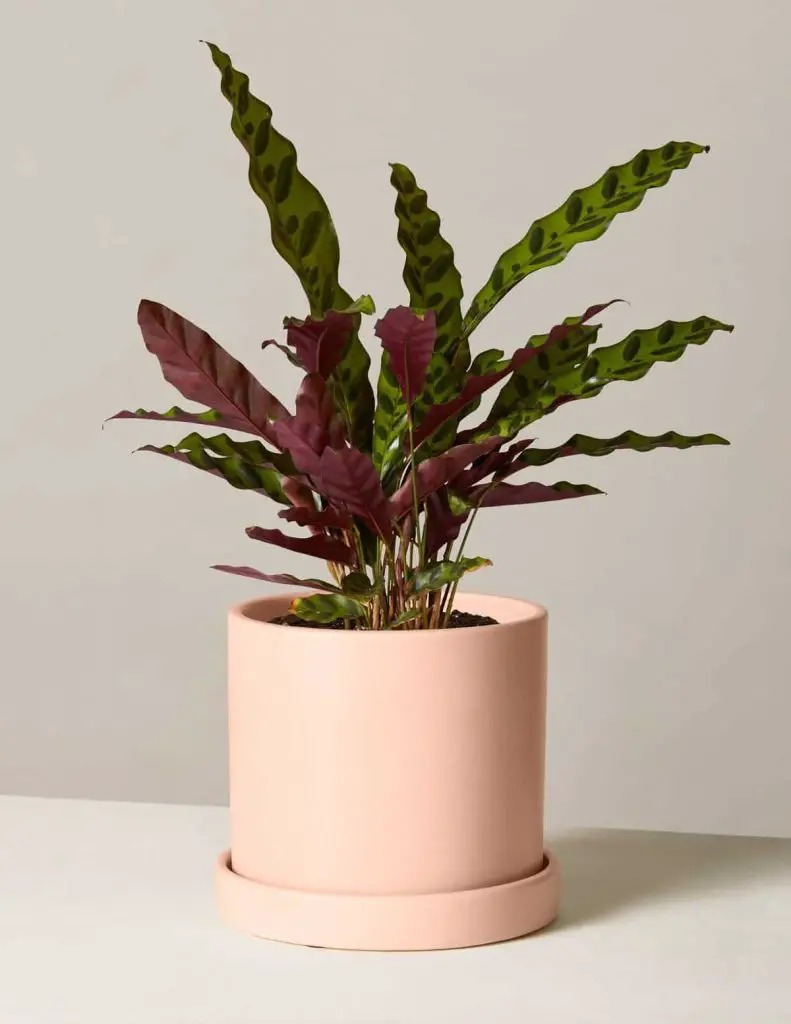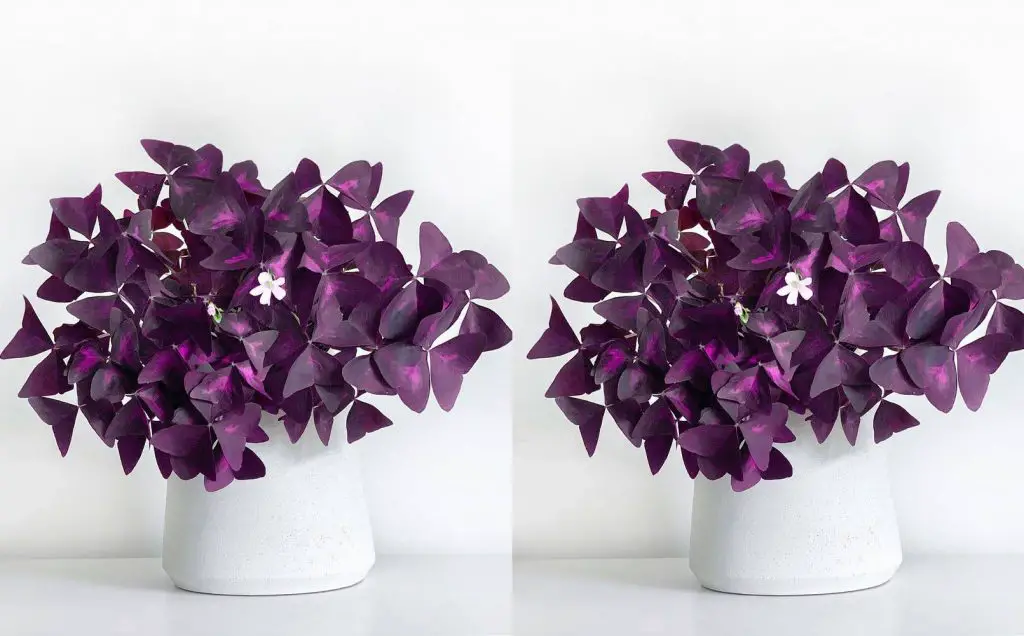Do you know the Calathea and Stromanthe house plants have been widely thought of as the same houseplant? The Calathea and Stromanthe houseplants are classed under the Marantaceae family.
Calatheas also known as Prayer plants are interesting to grow because their beautifully patterned leaves are usually are a sight to behold and also have other utility purposes making them multifunctional. The Stromanthe houseplants are widely sought houseplants; their large streak of pink patterns makes them an attractive plant.
Despite being in the same family, both house plants share major differences and similarities. Confusion in differentiating the plants crop up when house plants growers decide on which plant to grow since these houseplants although similar still have differences.
Just in case, differentiating between a Calathea and a Stromanthe has proved to be a big deal, this article provides information on how you can identify a Calathea and Stromanthe houseplants, tips you should look out for when trying to identify them, their similarities and differences.
Table of Contents
How do I Identify A Calathea?

Identifying the Calathea house plant is not as difficult as it seems. Noting the basic features of the Calathea plant would help you identify the plant with no stress.
The Calathea houseplant has is oval-shaped with large patterns on the leaves. The major colors of the Calathea are green, white, and pink. Sometimes, these colors combine to form large patterns on the leaves. They are regarded as prayer plants because at nightfall, the leaves rise to form a praying position and at sunset, the leaves fall back into place.
How do I identify a Stromanthe?
Although similar to the Calathea, the Stromanthe is a slightly oval-shaped plant with long striped patterns of green, pink white, and red. The Stromanthe is an attractive houseplant considering the beautiful streaks of pink and red that the plan exudes when it blooms.
What are the differences?
The following tips would help differentiate the Calathea from the Stromanthe house plant:
- The Stromanthe leaves are not as oval-shaped as the Calathea. The Calathea has a larger oval shape than the Stromanthe; while the Stromanthe appears to have a slimmer oval shape, the Calathea oval shape is much wider.
- In length and width, the Calathea is wider and longer than the Stromanthe
- The Stromanthe is more appealing than the Calathea house plant. The alluring patterns of pink, red, white, and green make it a favorable choice amongst house growers. For house growers who are keen on aesthetics, the Stromanthe would always win over the Calathea
- The Calathea has more green than the Stromanthe while the Stromanthe has more pink than the Calathea. The Calathea combines various hues of green ranging from dark to silver like green. The lines on the Calathea plant are also very dark, unlike the Stromanthe which is lighter and paler.
- The Stromanthe houseplant is rarer to find or purchase and more expensive than the Calathea house plant.
- When the Stromanthe plant takes up the praying position, the pink patterns are always hidden so only the green parts are visible.
What are the similarities?

They are both regarded as prayer plants because they both share the same feature of falling at sunrise at rising at sunset in a praying. Another major similarity is that they are propagated similarly and also share basic requirements to survive. Caring for both the Stromanthe and Calathea is not stressful in any way so far the house plant growers are well equipped with information. To cater for the Stromanthe and the Calathea, the following needs to be provided:
1. Humidity
Both the Calathea and the Stromanthe require low humid environments to survive and would not thrive in environments with extreme weather conditions whether hot or cold. The Stromanthe and Calathea would grow in an area with warm weather conditions. During winter, it is best to move the plants indoors or to a greenhouse location.
If providing the perfect humidity for the plants proves to be difficult, misting the plants regularly would help, growing them amidst other plants would also raise the humidity level. Humidifiers are helpful.
2. Lighting
Stromanthe and Calathea thrive in bright but indirect light. Bright but indirect sunlight is the perfect lighting for both plants although certain precautions have to be taken especially when they are grown outdoors. If grown outdoors, provide shade so they do not get exposed to direct sunlight. When exposed to sunlight for a long time, the foliage appearance gets affected and the colors start to fade.

In reverse, if the plant is exposed to low light for too long, the leaves’ color would start changing from being bright to dull. Also, the leaves may start turning yellow or brown. You may also discover the plant wilting; these are signs the plants are not getting sufficient lighting. If grown indoors, place the plants in a location where they can receive sunlight or make use of artificial light such as bulbs or fluorescents.
3. Watering
Both plants require an adequate amount of water to survive. The soil of both plants must never dry out before they are watered; this reduces the growth pace of the plants. The watering problems attributed to both plants are either underwatering or overwatering. Overwatering usually leaves the soil moisture soggy which is terrible for the roots of the house plants.
4. Potting
When selecting pots or containers for either the Stromanthe or the Calathea, ensure they are good drainage pots. Drilled pots or containers are the best for these houseplants as they allow for good drainage and prevent the soil from being waterlogged. Also, never use aluminum containers because the aluminum contains harmful elements that can sip into the soil.

5. Soil mixture
The perfect soil moisture for both house plants is organic soil which is a soil that is a major combination of plant and animal decomposition. Ensure the soil never gets soggy after watering.
On a final note
Intending to purchase a Stromanthe and ending up with a Calathea or the other way round can be very disappointing. Studying the differences and similarities provided in this article puts you in a better position to identify either plant.
Read more:







